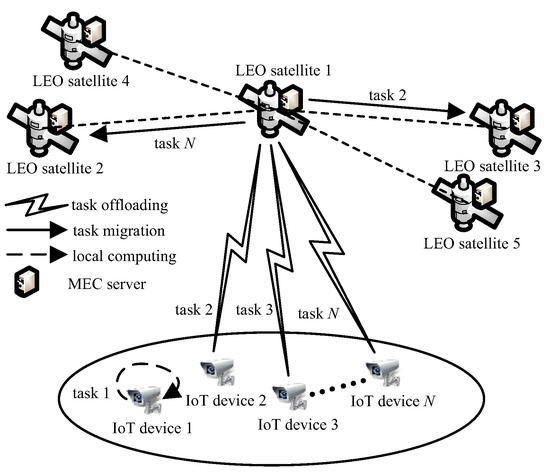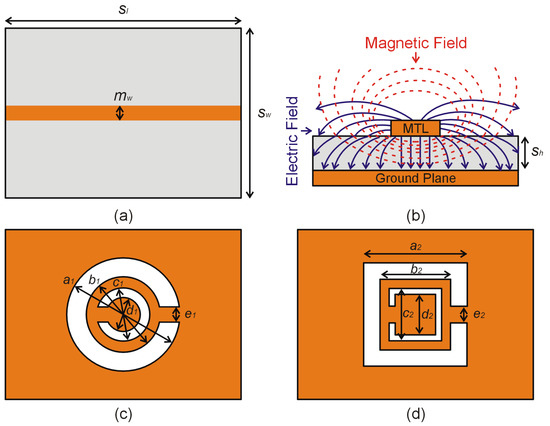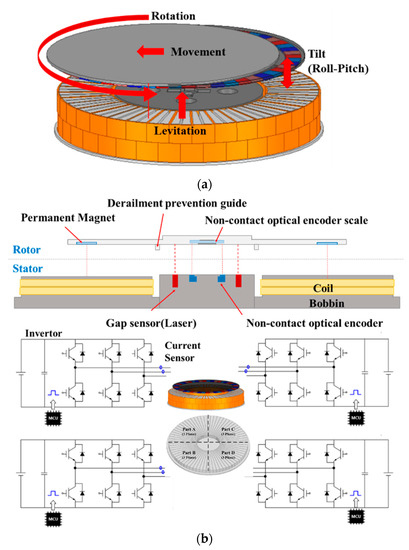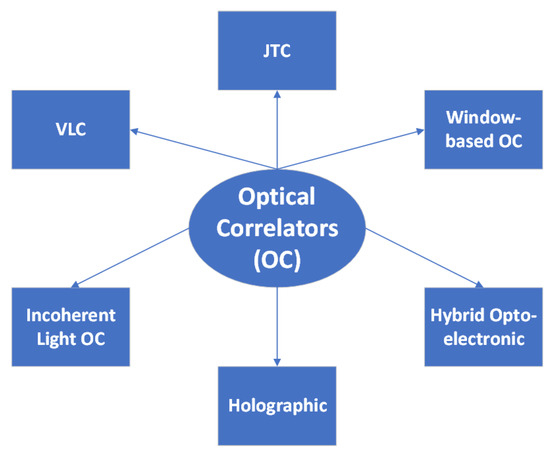Sensors 2023, 23(2), 1043; https://doi.org/10.3390/s23021043 - 16 Jan 2023
Cited by 5 | Viewed by 3180
Abstract
The evolution towards next-generation Beyond 5G (B5G) networks will require not only innovation in transport technologies but also the adoption of smarter, more efficient operations of the use cases that are foreseen to be the high consumers of network resources in the next
[...] Read more.
The evolution towards next-generation Beyond 5G (B5G) networks will require not only innovation in transport technologies but also the adoption of smarter, more efficient operations of the use cases that are foreseen to be the high consumers of network resources in the next decades. Among different B5G use cases, the Digital Twin (DT) has been identified as a key high bandwidth-demanding use case. The creation and operation of a DT require the continuous collection of an enormous and widely distributed amount of sensor telemetry data which can overwhelm the transport layer. Therefore, the reduction in such transported telemetry data is an essential objective of smart use case operation. Moreover, deep telemetry data analysis, i.e., anomaly detection, can be executed in a hierarchical way to reduce the processing needed to perform such analysis in a centralized way. In this paper, we propose a smart management system consisting of a hierarchical architecture for telemetry sensor data analysis using deep autoencoders (AEs). The system contains AE-based methods for the adaptive compression of telemetry time series data using pools of AEs (called AAC), as well as for anomaly detection in single (called SS-AD) and multiple (called MS-AGD) sensor streams. Numerical results using experimental telemetry data show compression ratios of up to 64% with reconstruction errors of less than 1%, clearly improving upon the benchmark state-of-the-art methods. In addition, fast and accurate anomaly detection is demonstrated for both single and multiple-sensor scenarios. Finally, a great reduction in transport network capacity resources of 50% and more is obtained by smart use case operation for distributed DT scenarios.
Full article
(This article belongs to the Special Issue Towards Next Generation beyond 5G (B5G) Networks)
►
Show Figures














